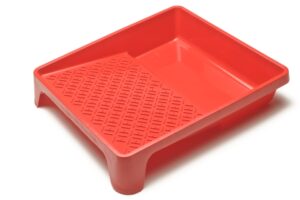Paint rollers
Since the invention of the paint roller, all renovation and finishing work has become easier.
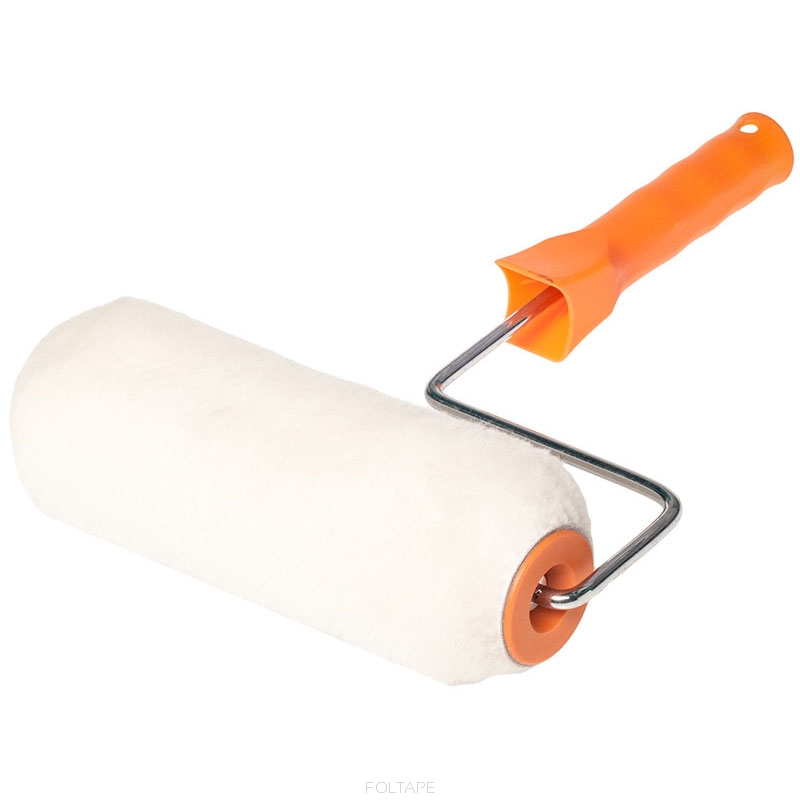
Learn how to choose the right roller type for the surface you want to paint. Discover rollers designed for special purposes.
- 1. NARROW AND WIDE ROLLERS
- 2. ROLLER COVERING
- 3. UNUSUAL ROLLER SHAPES – FOR UNUSUAL SURFACES
- 4. PAINT ROLLER ACCESSORIES
NARROW AND WIDE ROLLERS
The basic rule for choosing a roller is its width.
You should choose the width of the roller based on the size of the surface you want to paint. A wide roller, ranging from 12 to 25 cm, is suitable for walls, floors, ceilings, or fences made of wide boards. A narrow roller, ranging from 5 to 12 cm, is useful for painting window frames, window and door recesses, narrow boards, color edging, corners and tight spaces, or for creating decorative effects.
ROLLER COVERING
The second important rule in selecting a roller is the height of its pile, also called nap. A short nap is better suited for very smooth surfaces—such as varnishing parquet or painting walls finished with gypsum plaster. A long nap is a better choice for uneven or textured surfaces, such as old brick walls, textured wallpaper, or rough concrete. When choosing a roller, it’s also worth paying attention to the material from which it’s made. The most common are synthetic fiber or polyacrylic rollers, ideal for water-based paints. Other available materials include microfiber, flock, velour, sponge, string, or even mohair or lambskin. Manufacturers usually specify on the packaging which type of paint the roller is recommended or suitable for.
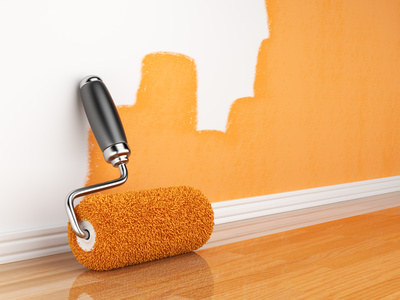
Rollers are sold:
– individually, as sleeves to be mounted on a handle;
– in sets with a handle;
– in sets with a handle and a plastic tray.
You can also buy one comfortable handle and replace the roller when it gets dirty or damaged, or when a different nap type is needed. Complete painting kits are also available, with one handle and several different roller sleeves.
UNUSUAL ROLLER SHAPES – FOR UNUSUAL SURFACES
 |
Radiator and pipe rollers – these are narrow rollers with long handles, allowing you to conveniently apply paint behind radiators or in other hard-to-reach areas. |
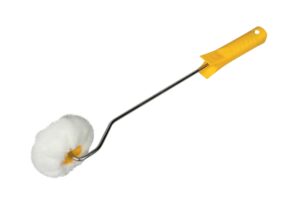 |
Corner roller – with a diameter of 3 to 8 cm and a round shape, it fits easily into any corner. It is used for painting inside corners.
|
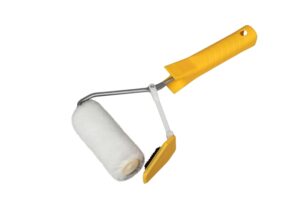 |
Edging roller – a roller with a special fold-out shield. It allows precise application of colored paint next to an already painted area of a different color. |
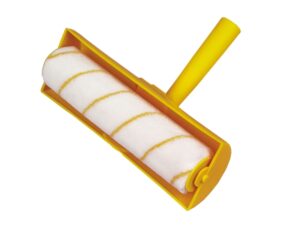 |
Drip-tray rollers – equipped with a channel that collects excess dripping paint. Thanks to this, there is less splashing and less waste, allowing near-total use of the paint.
|
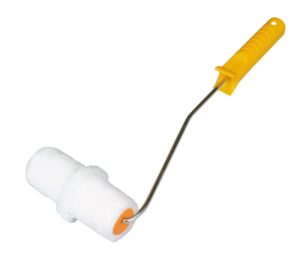 |
Rollers for paneling and flooring – similar to radiator rollers, but with longer nap in the middle to ensure paint reaches between boards or panels. |
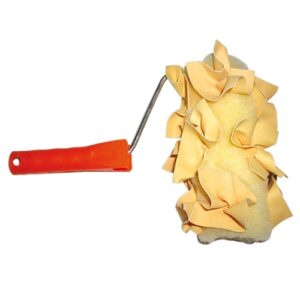 |
Decorative effect rollers – can be made of sponge, rubber, chamois, or wrapped in foil. Each creates a unique decorative effect on the painted surface. |
There are also other rollers available for painting unusual surfaces, such as mesh rollers, texture rollers (e.g. stipple, grain, relief rollers with various patterns), or auxiliary rollers such as rubber rollers for wallpapering. Some rollers have built-in paint reservoirs in the handle or just under the nap. These may also be available, but due to limited display space in some paint departments, they might be sold only by individual order.
PAINT ROLLER ACCESSORIES
|
Paint trays – containers used to pour out a portion of paint for easy roller loading. Trays have a platform to remove excess paint and prevent dripping. Made of plastic, they come in widths matching standard roller sizes—from mini rollers (5 to 12 cm) to wide wall rollers (up to 27 cm). Also available in sets are clear plastic or foil tray liners for quick color changes when painting with multiple colors. The inexpensive liner can be replaced while keeping the tray clean and functional for optimal paint distribution on the roller. |
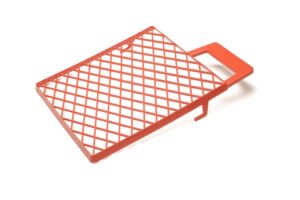 |
Grids – plastic or metal grids placed inside a paint bucket to drain excess paint from the roller. |
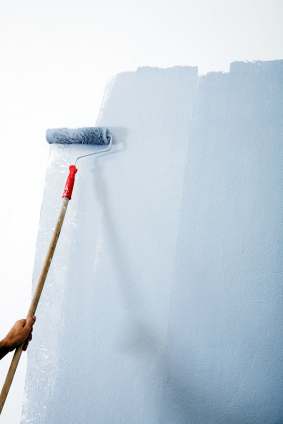 |
Telescopic poles – extensions for rollers that allow you to reach ceilings or high walls. Standard lengths after extension include 1.2 m, 1.5 m, and 2 m. Some stores (e.g. Leroy Merlin) also offer shorter (60 cm) and longer poles for façade painting (up to 3 m). They are easy to adjust and significantly improve efficiency when painting using ladders or platforms. |





















